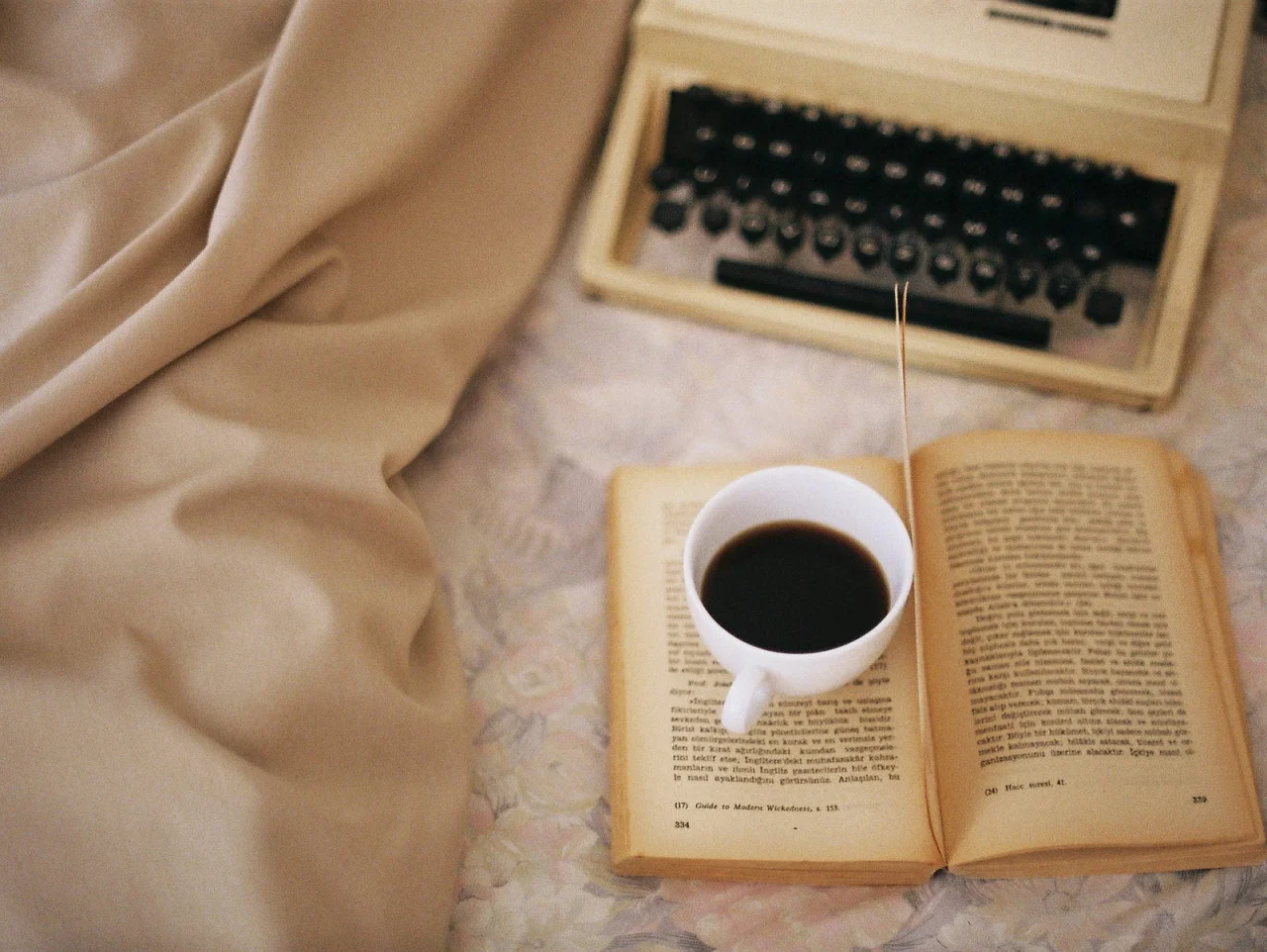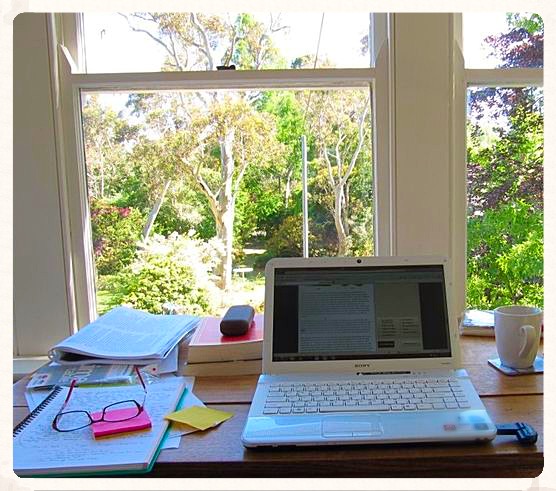C’est le premier Janvier, 2016 and I’m excited!
In the approach to the New Year, I allow myself a little indulgence. I endure the city noise and pop into the heavenly Liberty to pick up the latest Christian Lacroix journal. Every hardbound is a kaleidoscope of exaggerated artistic detail with a splash of cultural insight set to fire-up your creative flow.
This year is no exception: the 132-page journal could easily be passed off as a visual interpretation of Shakespeare’s Garden of ‘A Midsummer’s Night Dream’. Zebra Girl is a descent into the mesmerising world of myth and magic filled with mythical creatures and decadent starlight, butterflies, and flowers.
I break the bind to an enchanting nocturnal fairy tale world which lures me into the designer’s imagination. A pop up is always fun. It has the tendency to throw me back to my childhood bedtime stories (often when we were our happiest). After I’ve realised I’ve lost time I know that these iconic pages are the perfect portal to stimulate my own creative expanse.
Christian Lacroix Zebra Girl Journal
My Writing Ritual
I spend a great deal of time at my desk, in the office, at my favourite coffee shop, or in the library. In the path I’ve chosen, its a given. Writing a thesis under the therapeutic umbrella means adopting and integrating a range of writing styles and skills – many of which I’m still navigating. Modern psychotherapy training calls for a balance between the objective-subjective spectrum but this is by no means an easy task. There’s the given academic discursive writing, the reflective case study reports, client process notes, website copy, blog content, and personal growth journal writing.
At £45, a Christian Lacroix journal sits rather expensively on my shoulders; but there is a certain ritual about sitting at a desk to carve on paper your mental impression. I can quite easily live off of stationery porn! There’s the right paper, the right pen, and the right view. Writing a reflective journal is about developing an intimate relationship with yourself. This is, inevitably, hard work that lends itself to procrastination. My personal stance on life is to make it as enjoyable as possible. In this way, my writing ritual has become a pleasant ritual.
Invariably its…
The right paper. First, there’s the size: A4 is too big (reminds me of ‘work’), A5 is too small (I need space to create), but B5 is just right. Then, there’s the texture of the paper: smooth, solid, and acid-free. Next, is the hue of both the paper and the lines: an off-white tone reduces the glare and faded lines soften the contrast. Finally, there’s the line spacing – too narrow and I feel cramped, too wide and I feel like an infant. My designer hardbound ticks all these boxes.
The right pen. I have spent years in search of the perfect pen and my collection is impressive. For me, there has always been something anxiety provoking about the finality of solid black ink. However, a pencil is too slow. So, when Muji came up with their erasable fine point pen, it was the answer to my problems. I can now write free from the fear of making permanent mistakes.
The right view. There’s a common adage: “clear desk, clear mind”. Preparing my desk for the task ahead is itself a mental preparation ritual. At times, I catch myself staring out into green middle distance deep in thought. My window view must be a portal to nature. Nature inspires creativity and plants provide a rich flow of oxygen my active mind so desperately needs.
And sometimes…
The right posture. Not only is this about the perfect back-supporting chair (I can spend a good few hours in the zone), but its also about circulation. When studying neuroscience, I discovered the power of standing on my head. Every time I begin my work I start off with an hour of meditation and yoga that includes an inversion. First, there’s the psychological change in perspective that has a way of making you see something new altogether. Then, there’s the physiological change of transporting oxygen and precious nutrients to your brain by way of activating a healthy blood flow. Finally, there’s the re-set and re-charge that the headstand button pushes. Holding an inversion for 23 seconds activates the parasympathetic nervous system, if you’re fatigued, it revitalises you, if you’re anxious, it settles your nerves.
The right atmosphere. I always light a candle (its a balance of life thing), often incense (certain scents trigger states), and occasionally some background music. The music is tricky. It can facilitate the mood, drive the pace, and support the flow, but it can also be a distraction. The rules are firm! No lyrics. No evocative connections. No decibels above the decibel of ‘thinking out loud’. The rule of thumb is that the foreground sound should be no more than 20 decibels above the background sound.
The right hydration. If you are even just 3% dehydrated, your brain reduces function by 10%. Not only does a dehydrated brain affect your mood and cognitive performance, but it also alters your brain structure. Anyone who knows me knows I love tea. I found myself fascinated by the beautiful Japanese tea rituals when travelling and something stuck.
Reference:
Dehydration affects brain structure and function in healthy adolescents.
Dehydration and its effects on performance.
Knight, C. (2014) http://www.exeter.ac.uk/news/featurednews/title_409094_en.html
MacDonald, D (1995). http://www.eramp.com/david/audio_contrast.htm
Paddock, N. and Behm, D. (2009) The effect of an inverted body position on lower limb muscle force and activation. Appl Physiol Nutr Metab, 34 (4):673-80.
Sarang, P. S., & Telles, S. (2006). Oxygen consumption and respiration during and after two yoga relaxation techniques.Applied Psychophysiology and Biofeedback, 31(2): 143-53.
Vernon, R.J. (2014) Yoga: The Practice of Myth and Sacred Geometry. Lotus Press: Wisconson.




